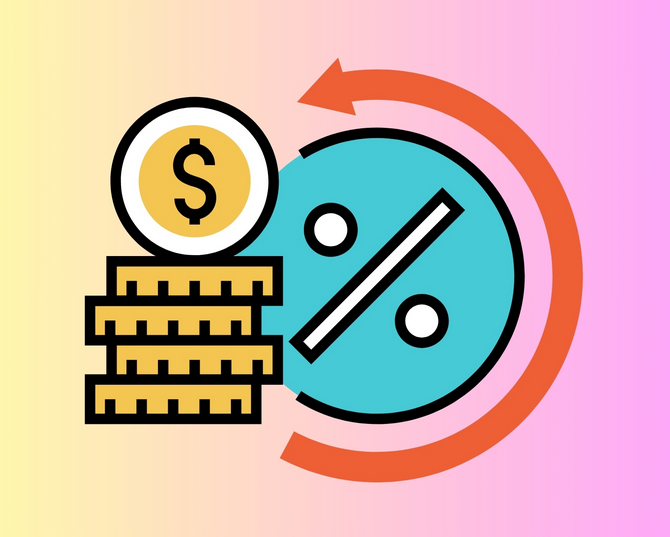
Retail underwriting plays a pivotal role in determining the interest rates applied to consumer loans. As financial institutions assess the risk associated with lending money, underwriting processes ensure that each borrower is evaluated fairly and accurately. The risk assessment conducted during underwriting not only influences whether a loan is approved but also directly impacts the interest rate that the borrower will be offered. Here’s how retail underwriting affects consumer loan interest rates and why it matters for both lenders and borrowers.
1. Risk Assessment and Its Link to Interest Rates
At the heart of retail underwriting is the process of assessing borrower risk. Underwriters evaluate a variety of factors, such as credit score, income, debt-to-income ratio, and employment history, to determine the likelihood that a borrower will repay their loan. Borrowers who are deemed low-risk—those with a strong credit history, steady income, and low existing debt—are more likely to receive favorable interest rates. These borrowers present less risk to lenders, allowing financial institutions to offer them lower rates.
On the other hand, higher-risk borrowers—those with lower credit scores, unstable income, or high levels of existing debt—are considered more likely to default on their loans. To offset this risk, lenders charge these borrowers higher interest rates. This ensures that the financial institution remains compensated for taking on additional risk while continuing to offer the loan.
2. Credit Scores and Their Influence on Loan Terms
One of the most significant factors in retail underwriting is the borrower’s credit score. Credit scores are a reflection of an individual’s past borrowing behavior, including their payment history and credit utilization. Borrowers with higher credit scores (typically above 700) are seen as low-risk, and as such, they are more likely to receive loans with lower interest rates. Those with scores in the mid-range or lower (below 600) are viewed as higher-risk, and lenders may offer them loans at higher interest rates to protect themselves from potential defaults.
3. Debt-to-Income Ratio and Interest Rate Determination
Another key factor underwriters use to assess risk is the borrower’s debt-to-income (DTI) ratio. This ratio compares an individual’s monthly debt payments to their gross monthly income. A lower DTI ratio indicates that the borrower has a manageable level of debt relative to their income, which can lead to a lower interest rate. Conversely, a high DTI ratio suggests that the borrower may struggle to manage additional debt, resulting in a higher interest rate to compensate for the increased risk of default.
4. Loan Type and Lender Policies
In addition to individual risk factors, the type of loan and lender policies also play a role in determining the interest rate. For example, secured loans (such as mortgages or auto loans) typically have lower interest rates compared to unsecured loans (such as personal loans or credit cards). This is because secured loans are backed by collateral, which reduces the lender’s risk. Lender policies and prevailing market conditions also impact interest rate decisions, with higher rates typically offered when there is economic uncertainty.
5. The Borrower’s Financial Responsibility
Retail underwriting not only sets the stage for the loan approval process but also encourages borrowers to maintain good financial habits. By understanding how their creditworthiness impacts their interest rate, borrowers may be incentivized to improve their financial health. For example, paying off debt, maintaining a strong credit score, and reducing credit utilization can help borrowers secure lower interest rates on future loans.
Conclusion
Retail underwriting plays a significant role in determining the interest rates borrowers will pay on consumer loans. By assessing individual risk factors, such as credit score, income, and debt levels, underwriters help lenders set appropriate interest rates that reflect the borrower’s financial reliability. Understanding the connection between underwriting and interest rates empowers borrowers to make informed financial decisions and encourages them to maintain a healthy credit profile to access more favorable loan terms.
#RetailUnderwriting #LoanInterestRates #CreditScore #RiskAssessment #DebtToIncomeRatio #ConsumerLoans #FinancialHealth #LoanApproval #Creditworthiness #PersonalFinance #Lending #FinancialInstitutions


